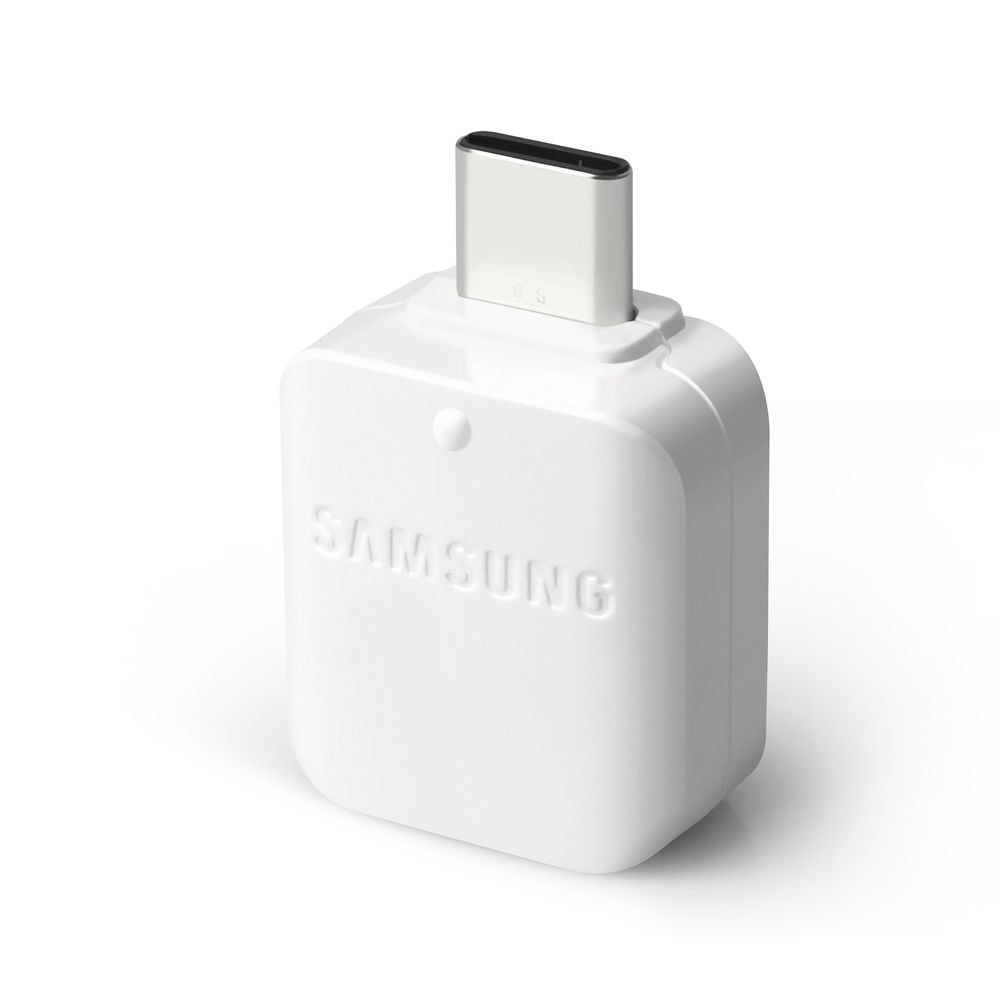


Somewhere over the last few generations, though, Samsung figured out a way to deliver timely hardware in a body that was more sleek. Even worse, the phones were a generation or two behind the rest of the pack. If you were a general contractor or plumber in the market for a new phone to take on job sites, you had to choose from ugly and uninspired stuff. We traded away sleek and sexy in favor of rough and tumble. This is, after all, the most straightforward approach, since the Samsung Kies app doesn’t really work with your Galaxy S8.In the early days of rugged phones we had to contend with less than desirable performance. If you couldn’t connect the two devices, you should try with a different USB cable. Start exploring the SideSync options from the PC – with the Folder icon you can start transferring files via the SideSync software while with the Phone Screen you will actually mirror your Samsung Galaxy S8 display on the PC.Go back to the computer and confirm that you allow the connection.The app should automatically detect the computer and allow you to select it from a list of options on the display of your smartphone.Launch the SideSync on both your PC and your Galaxy S8.Activate the Wi-Fi on the phone and make sure that both devices are connected to the same network (or use the USB cable for a wired connection).Download and install the SideSync on the Galaxy device.Download and install the SideSync on the computer.These are the standard steps for connecting a Samsung Galaxy S8 to a MAC or a PC and the options you have at hand once you do that.īut Samsung is also offering its users the possibility to mirror the content of the smartphone to the screen of the PC. Charging – if you need to charge the battery with an USB cable, eventually when you lack the power adapter that you would normally plug in.

Connecting MIDI devices – just in case you need to use the smartphone as a MIDI player (musical instrument digital interface).Software installation – if there’s any particular phone software you would like to install on your computer.Transferring images – if you want to transfer photos and, generally, any other kind of image files through a PTP connection.Transferring media files – you can directly connect the phone to the PC and transfer media files or, if you’re a Windows user, you can go to Computer and tap on your device name, right under the Portable Devices option.Tap on it and select the option that will fit your intentions:.Go ahead and drag the dedicated notification area down.You should see a message on the display of your smartphone, something like “Connected for charging” or “Connected as media device”.Use a USB cable and connect the device to a USB port.


 0 kommentar(er)
0 kommentar(er)
